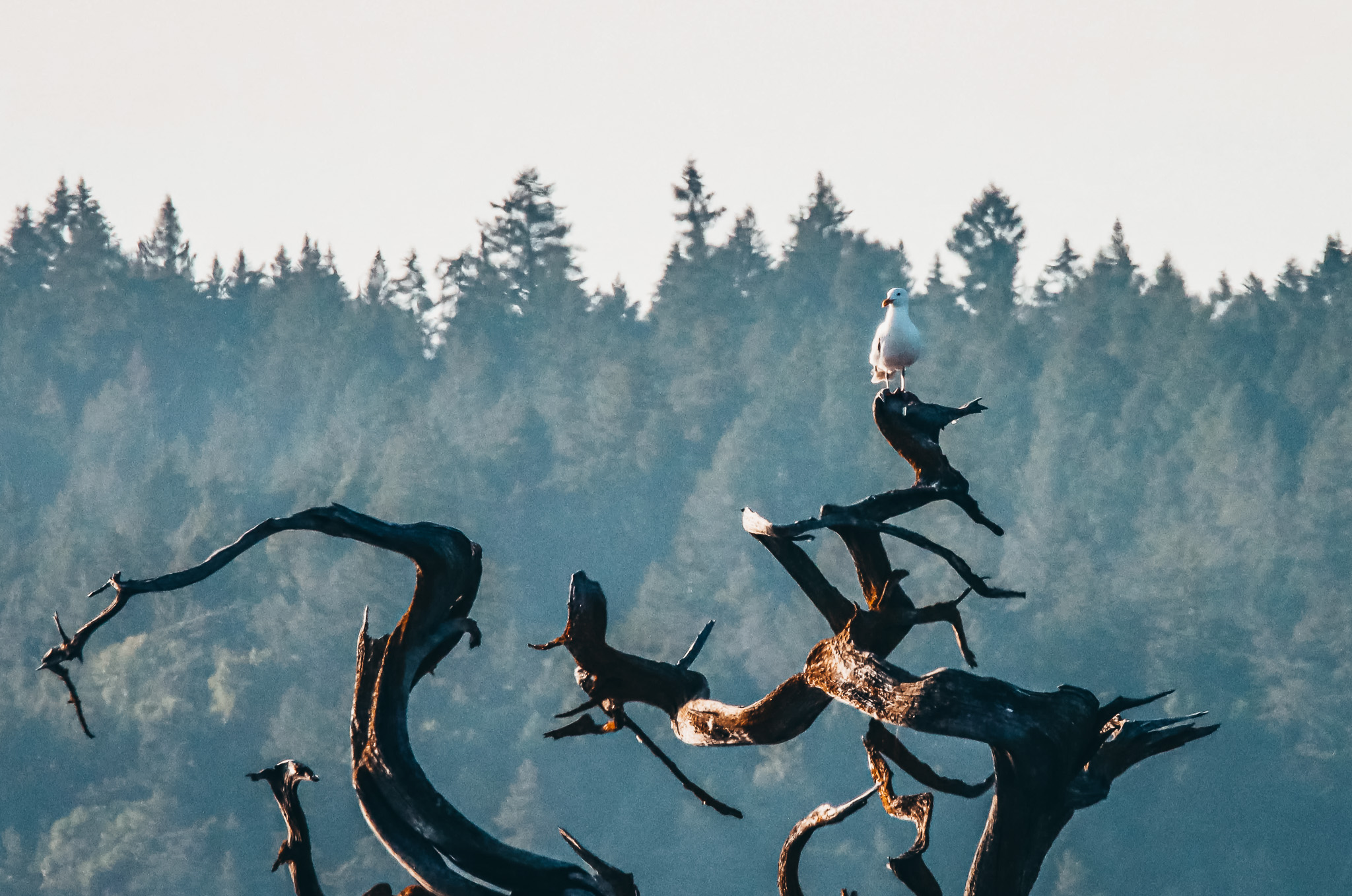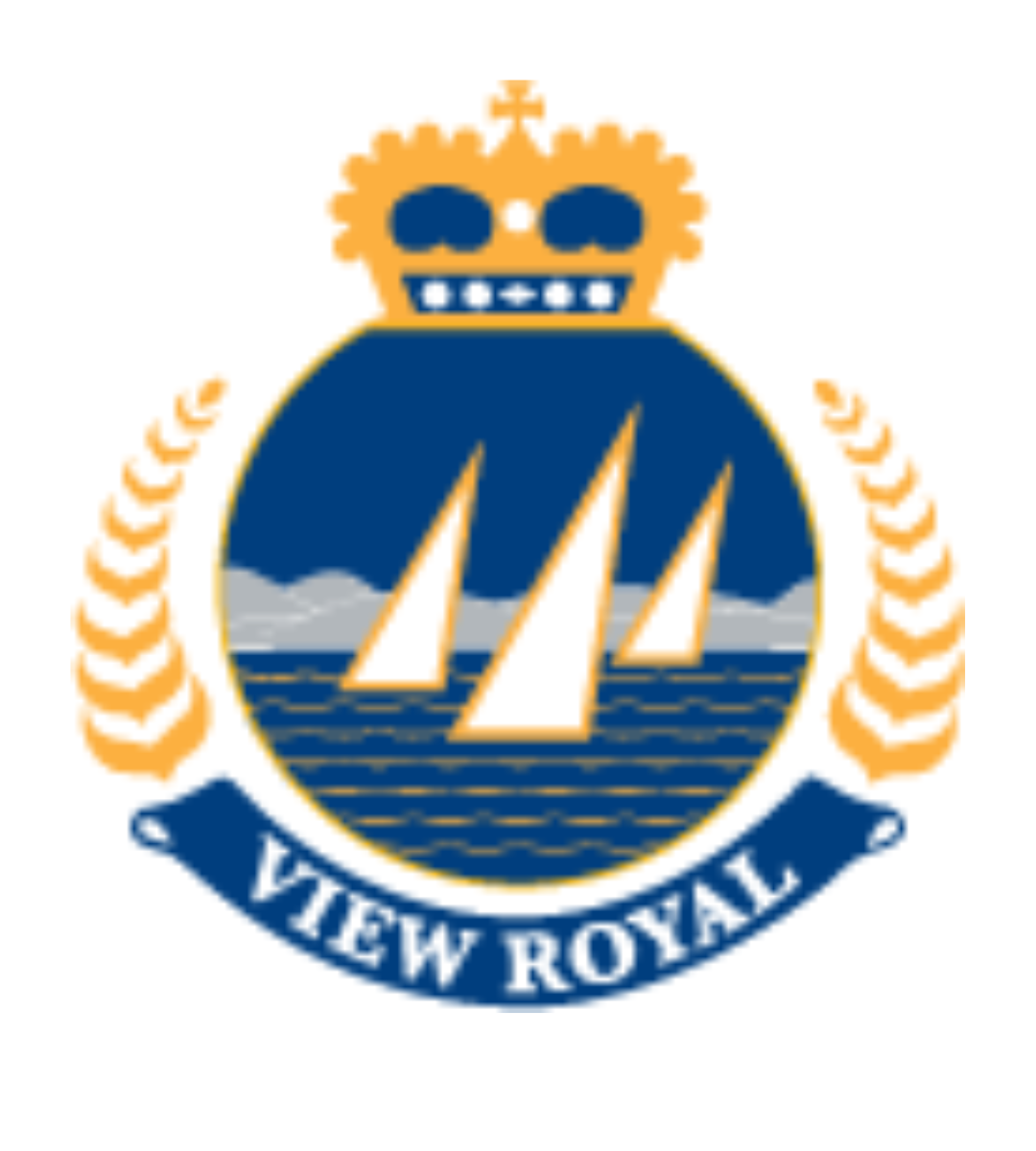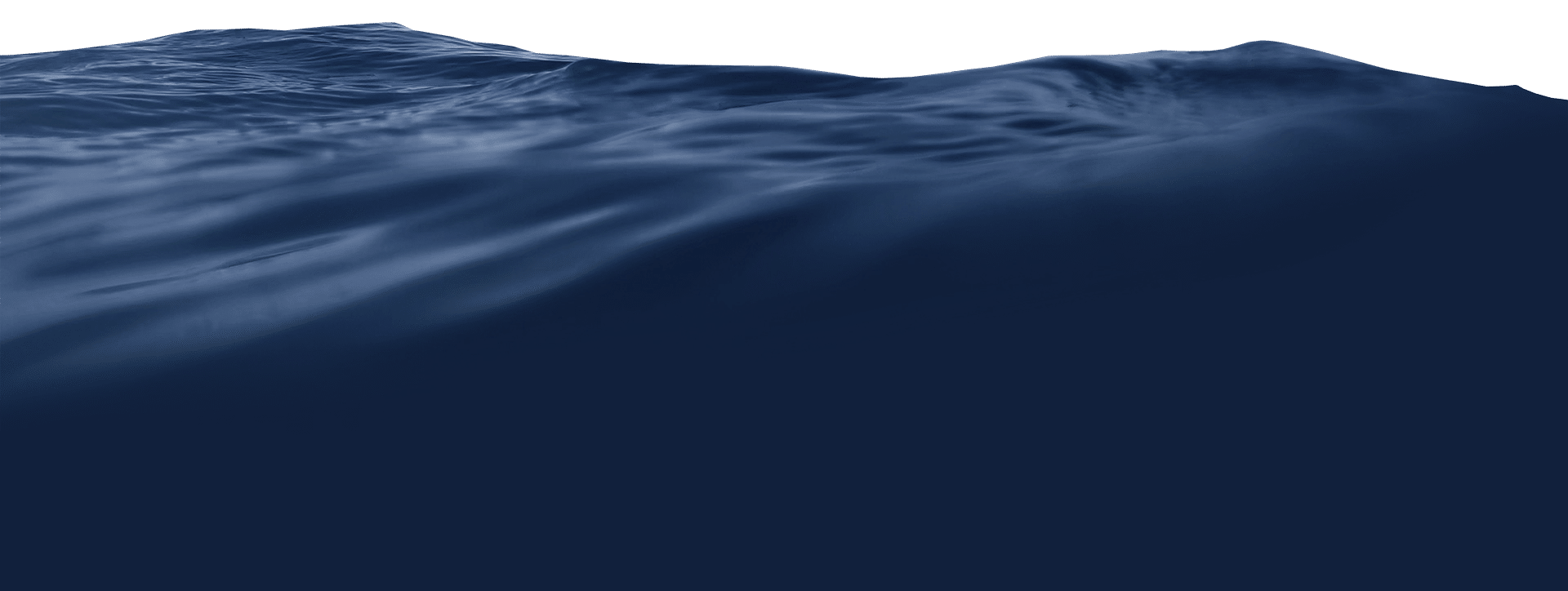Migratory birds of the gorge sanctuary
Explore The Gorge, a stunning migratory bird sanctuary where diverse avian species find refuge. Witness the unique foraging habits of the American Wigeon, the captivating displays of the diminutive Bufflehead during breeding, and the striking features of the elegant Dunlin. Join us in celebrating the temporary or permanent residents of this sanctuary during their migratory journeys.
Belted Kingfisher
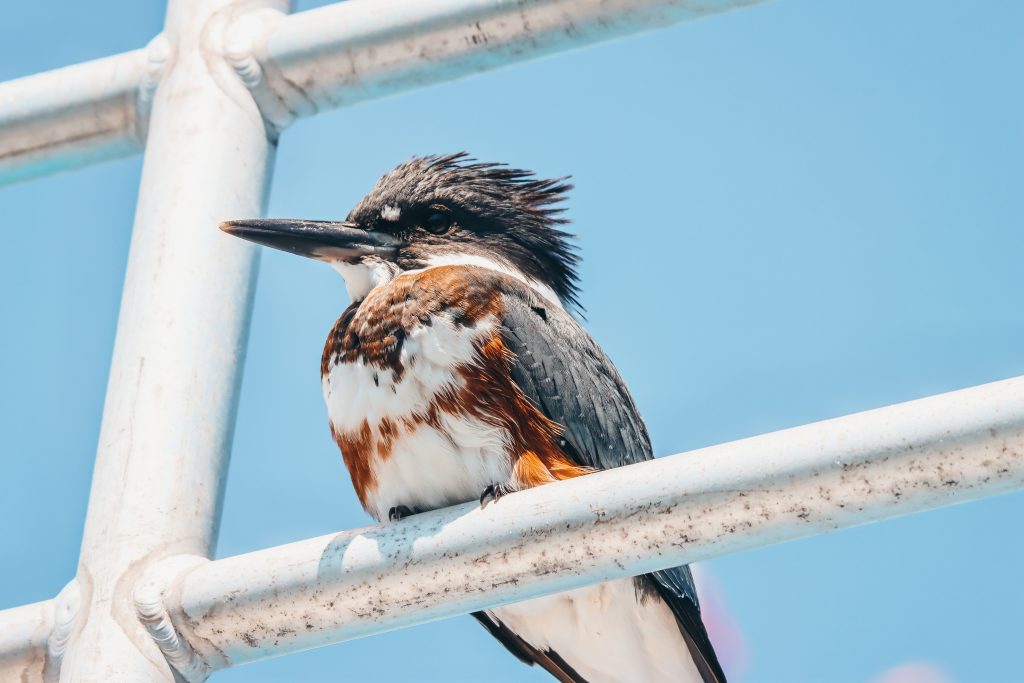
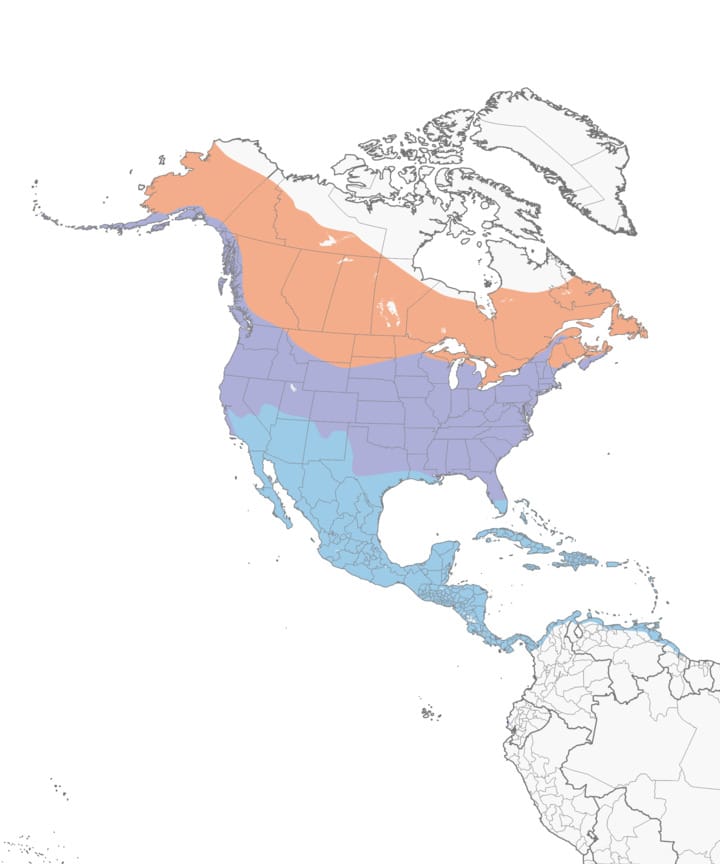
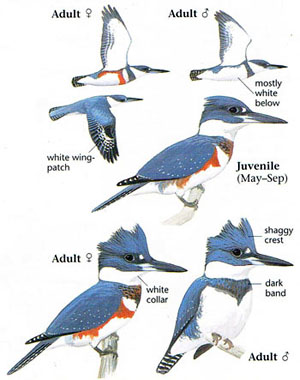
Megaceryle alcyon
The Belted Kingfisher, in distinctive blue-gray plumage, challenges avian color norms. Males sport a single azure band, while females boast blue and chestnut bands, adding elegance. Known for precision dives to catch fish, they perch on branches, wires, or rocks, employing a versatile approach to hunting. The scientific name, alcyon, ties to Greek mythology, where Alcyon transformed into a kingfisher. This myth connects to the bird’s character, reflecting resilience and serene moments, akin to the mythical halcyon days.
Dunlin
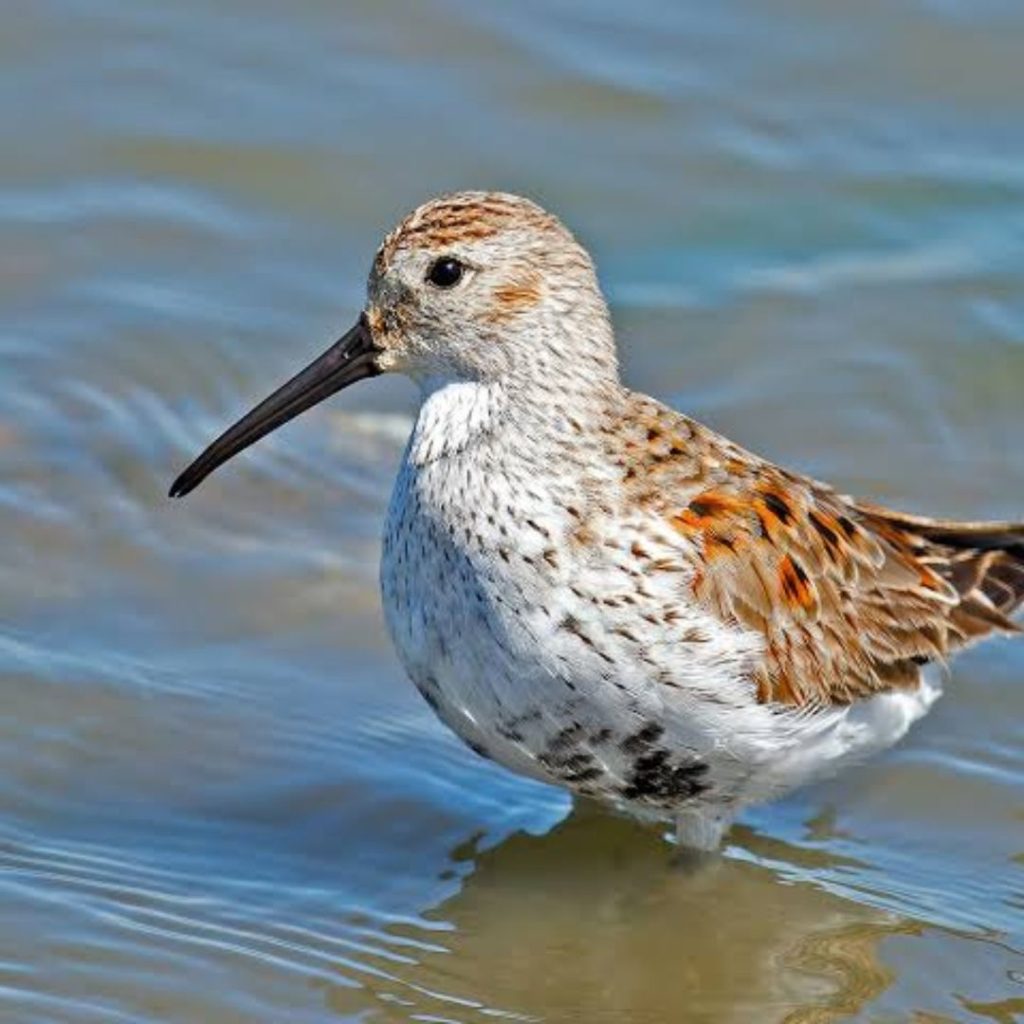
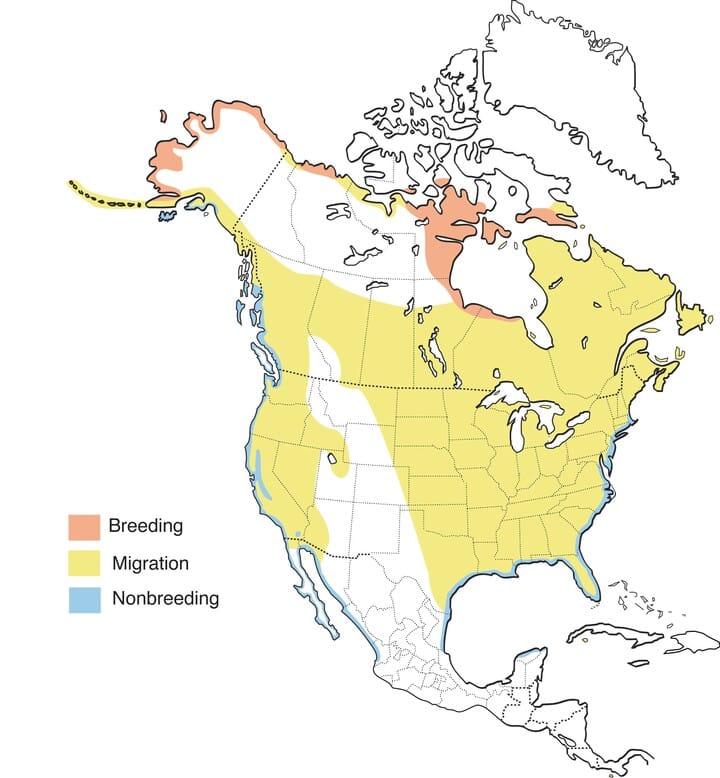
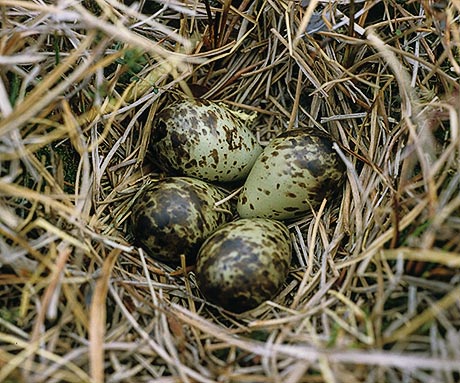
Calidris Alpina
The Dunlin is a medium-sized shorebird recognized by its distinctive features, including a long, drooping bill. Breeding adults showcase a black belly and a rusty mottled back, with black legs. The name “Dunlin” reflects its winter plumage, describing it as a ‘little dun-colored bird.’ In winter, they adopt an all-white appearance with a gray back and head, wintering farther north than most relatives. Found in coastal tundra during breeding season, they migrate to mudflats, estuaries, and marshes in winter, foraging sociably by picking at surface items or probing in mud with a rapid “stitching” motion. With long black legs, a drooping black beak, and distinctive summer features, such as a large black belly spot and orange back feathers, Dunlins primarily feed on invertebrates. Their resilient nature is exemplified by the oldest known wild Dunlin reaching an impressive age of 24 years, solidifying their status within the sandpiper group of the family Scolopacidae in the order Charadriiformes.
Great Blue Heron
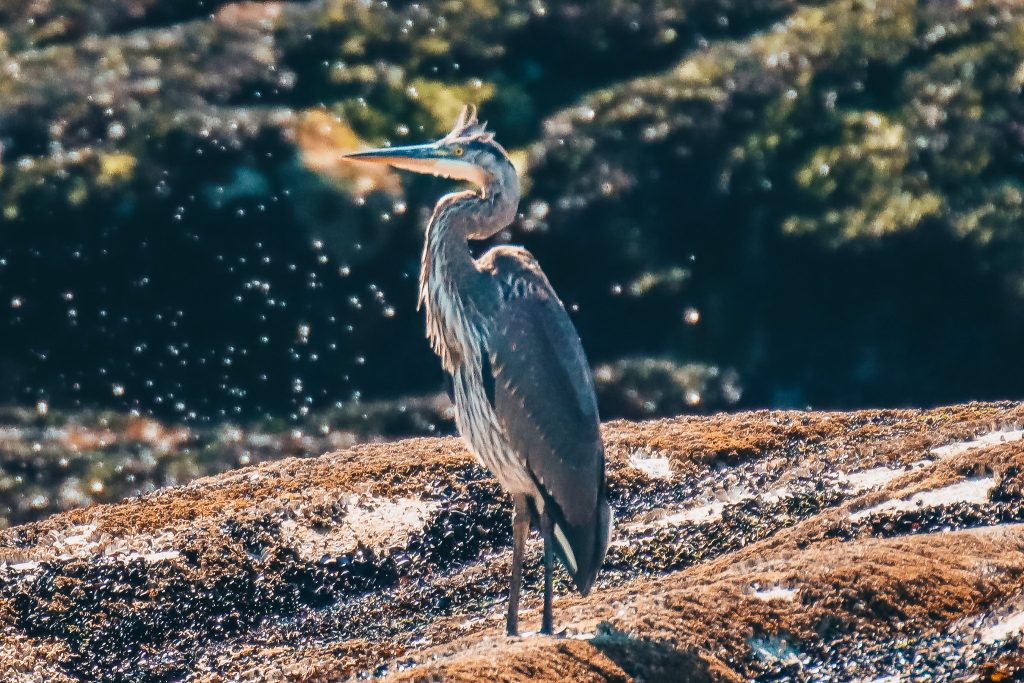
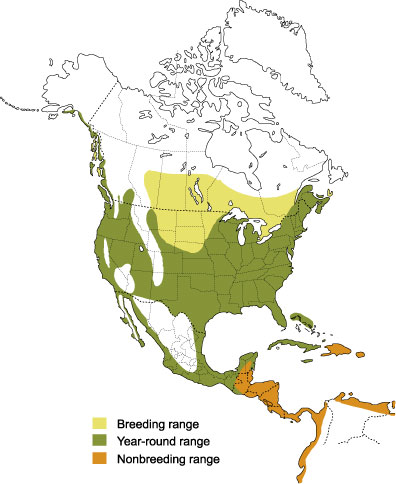
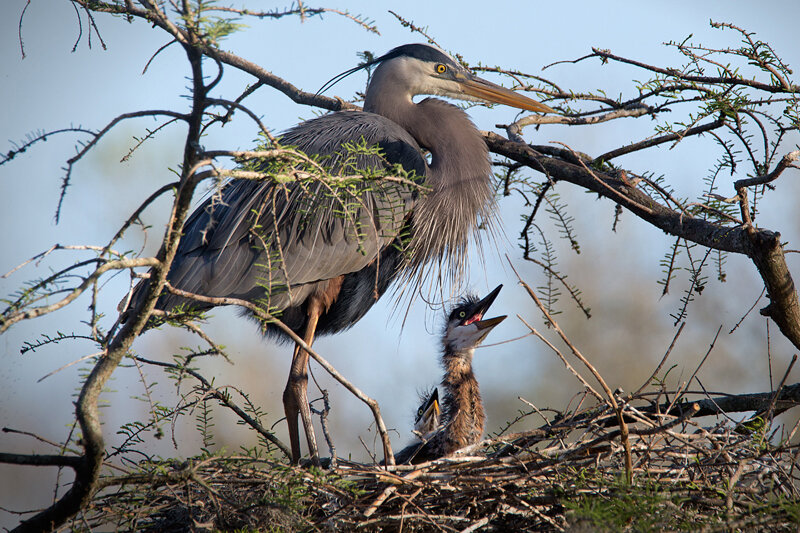
Ardea Herodias
The Great Blue Heron, an iconic and majestic bird, graces North American landscapes from southern Canada to Alaska in the summer. With a height of about one meter and an impressive wingspan, these wading birds excel in fishing skills, inhabiting shallow waters. Their diverse diet includes fish, shrimp, crabs, insects, mammals, amphibians, reptiles, and even other birds. Adapted with a high percentage of rod-type photoreceptors in their eyes, they hunt day and night with enhanced night vision. Despite their grandeur, they weigh only 5 to 6 pounds due to hollow bones. Often found on the Pacific coast atop floating kelp beds, they display a distinctive “S” curve in flight at speeds up to 55 kilometers per hour. Breeding in colonies, these communal breeders contribute to North America’s biodiversity.
American Wigeon
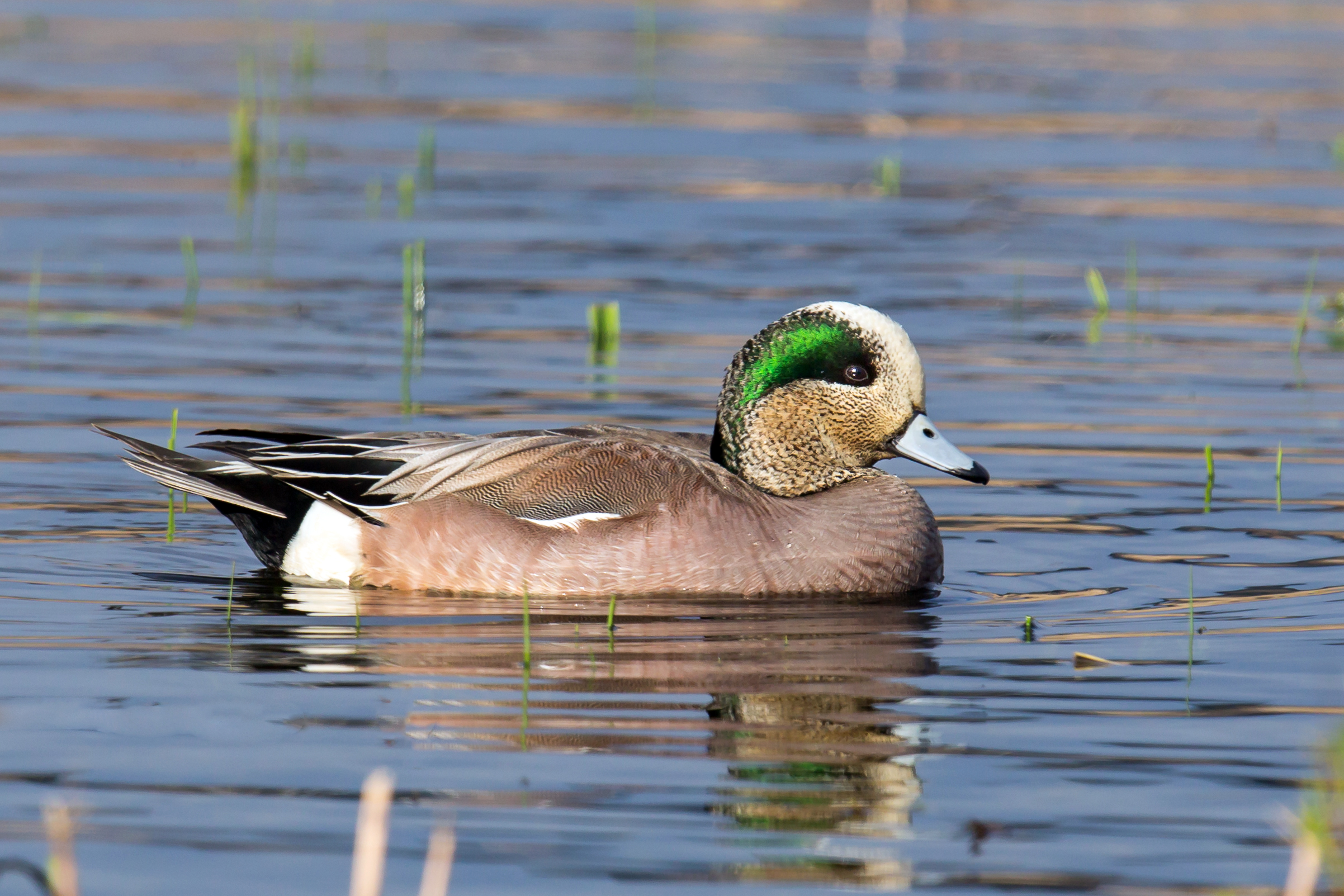

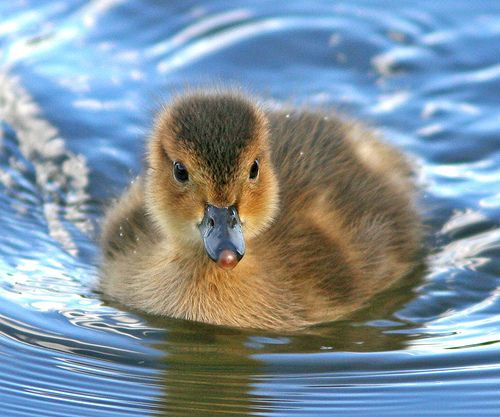
Mareca Americana
The American Wigeon, known for its unique feeding habits, stands out among dabbling ducks with its short gooselike bill, allowing it to exert force at the tip for efficient plant-plucking from fields and lawns. Nicknamed “baldpate” for the white stripe resembling a hairless head, these medium-sized ducks exhibit individuality not only in feeding behaviors but also in nomenclature. Despite their size, they distinguish themselves with a round head, short neck, and petite bill. Noteworthy for their longevity, the oldest recorded American Wigeon lived an impressive 21 years and 4 months. Unconventionally, they divide their time between land grazing and deep-water antics, often collaborating with diving birds to pilfer food. This dynamic behavior sets them apart from marsh-dwelling counterparts, adding complexity to their lifestyle. During the breeding season in spring, the American Wigeon continues to fascinate with its multifaceted ecological role and distinctive physical attributes.
Bufflehead
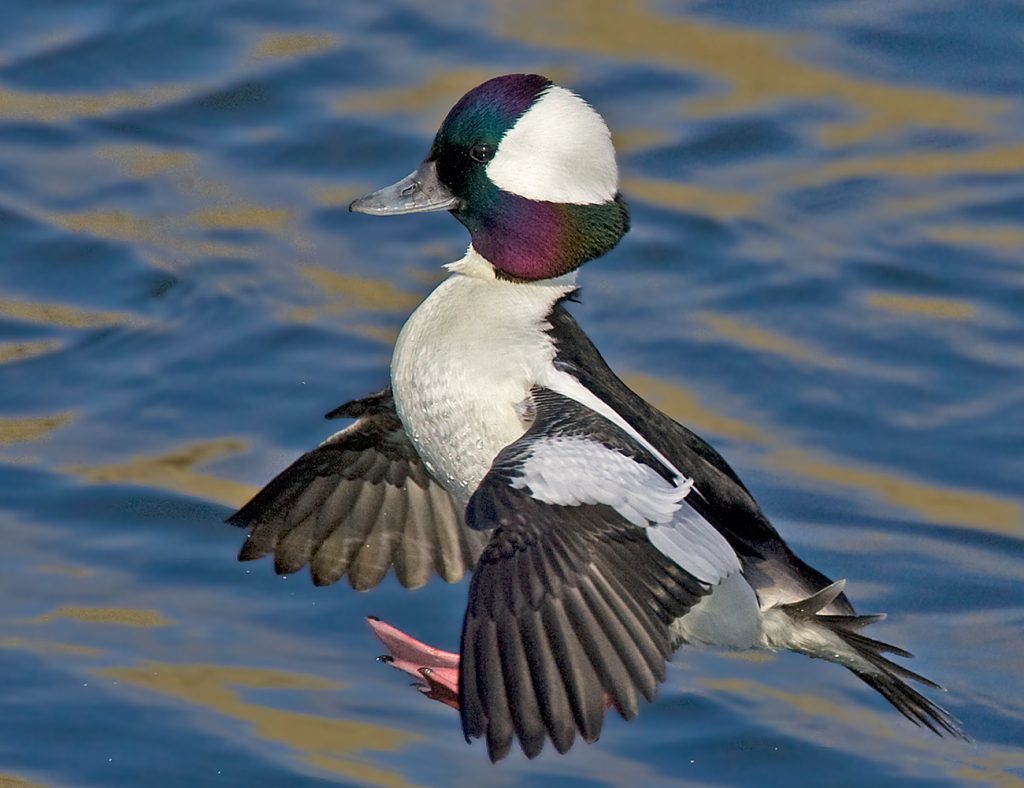
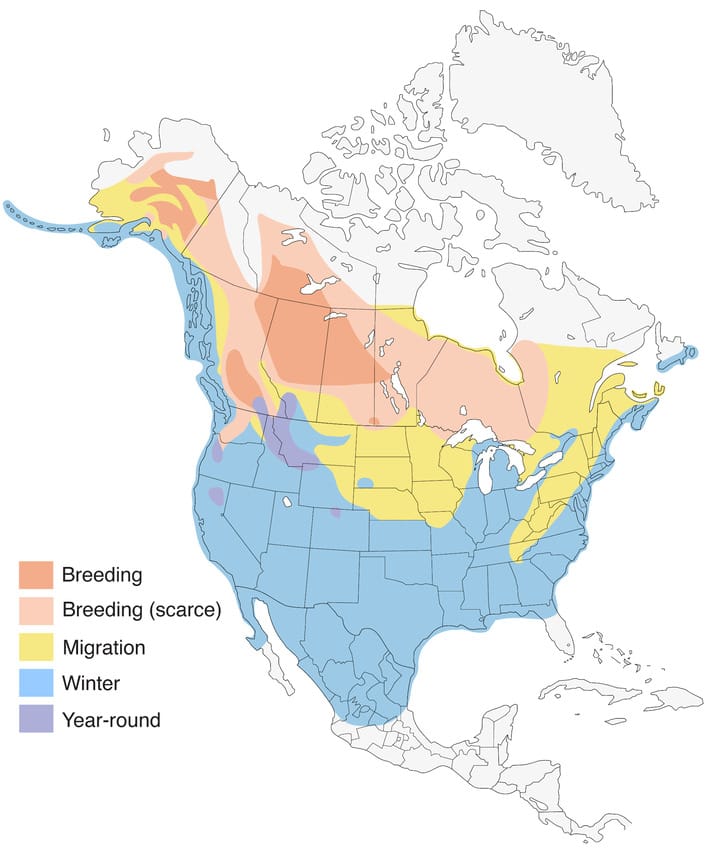
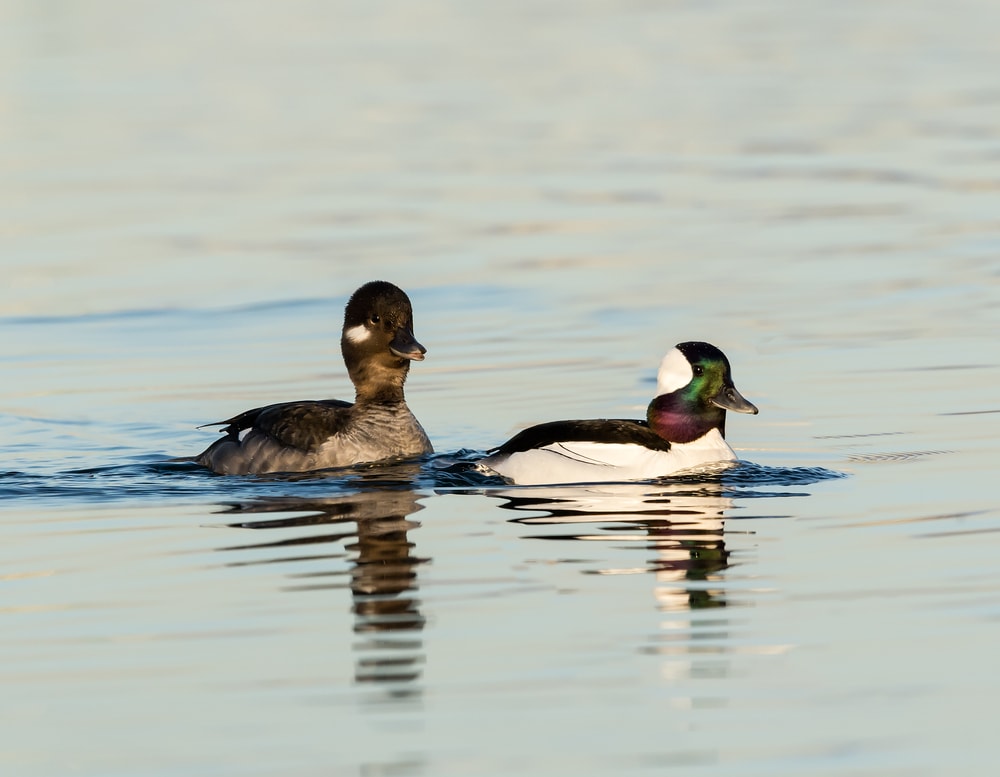
Bucephala Abeola
The Bufflehead is known for its compact build and distinctive characteristics, with marked sexual dimorphism. Adult males display a striking white body, black back, and a dark head with a prominent white patch. Females and first-year males have a more subdued gray-brown plumage with an oval white cheek patch. During flight, males exhibit a conspicuous white upperwing patch, while females and first-year males have a smaller version. The name ‘Bufflehead’ refers to the male’s puffy-shaped head. Male Buffleheads engage in captivating displays, including head-bobbing and wing-lifting, often with raised crest feathers. Their foraging involves diving for aquatic invertebrates, crustaceans, and mollusks, with an average dive duration of 12 seconds. They swallow food while submerged. Similar to common goldeneyes, Buffleheads nest in tree cavities near water, using abandoned homes of woodpeckers. Female Buffleheads lay clutches ranging from 4 to 17 eggs. Despite being less sociable, they can be observed in pairs or small groups rather than large flocks.
More bird species to come!
Gorge Waterway Initiative
The success of the Gorge’s conservation efforts owes much to our invaluable partnerships with cities and municipalities. Their commitment and collaboration have been integral in transforming this waterway into a flourishing sanctuary for migratory birds.
